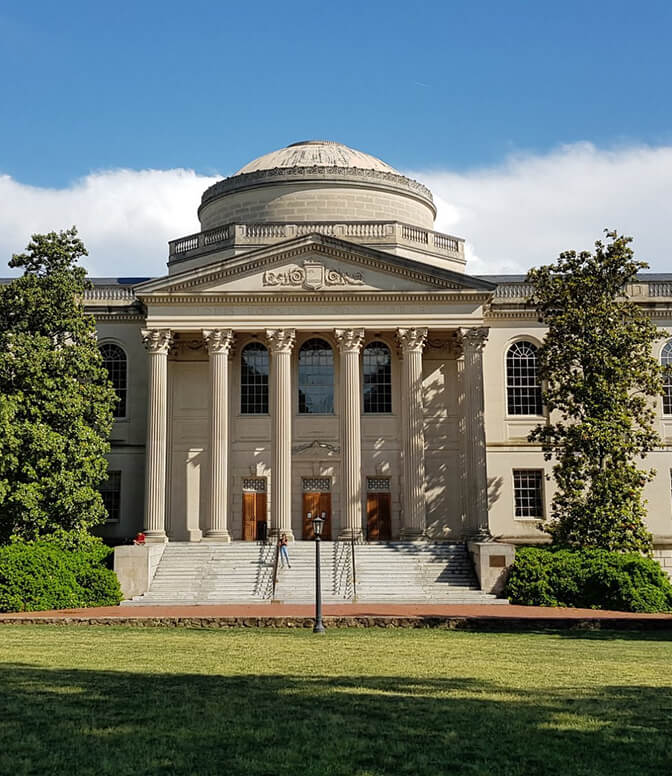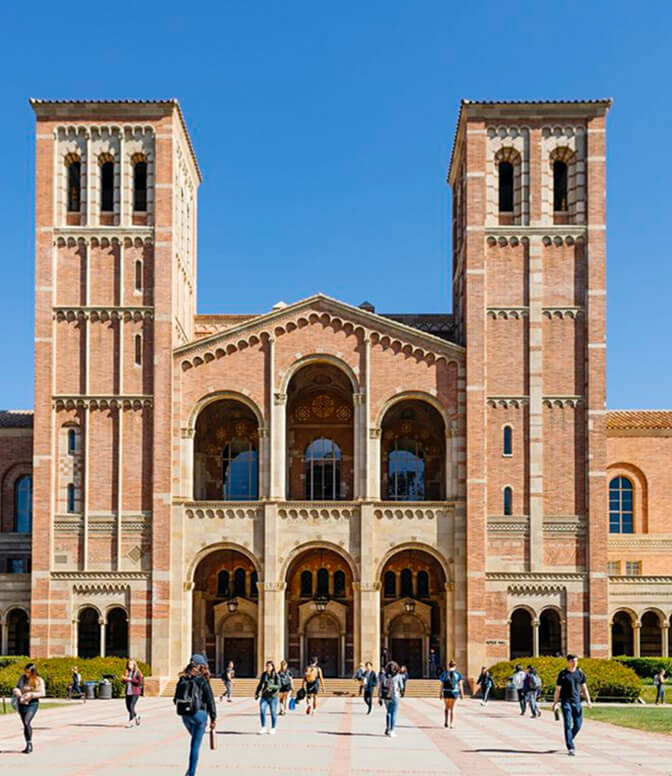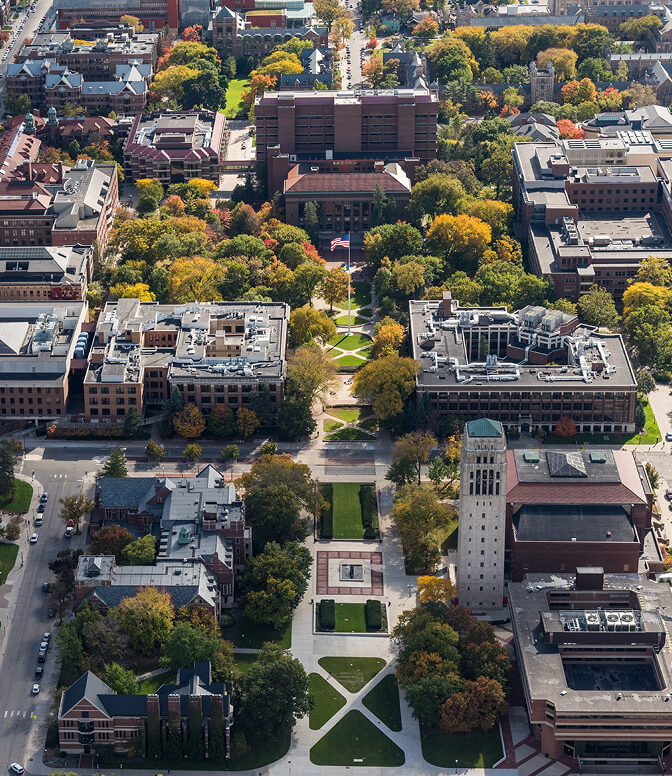Thinking about how to become a family physician and build lifelong relationships with patients while caring for people of all ages? This guide is perfect for teens like you! Family doctors are healthcare heroes who treat everything from common colds to managing chronic conditions like diabetes. They're truly the backbone of our healthcare system.
Did you know there's a growing need for family doctors? With our population getting older, family physicians are in super high demand right now. This means you'll have awesome job security, flexibility in where you work, and the chance to make a real difference in your community.
Ready to explore how to become a family physician? Let's jump right in!
What Does a Family Physician Do?
Family physicians provide comprehensive primary care to patients of all ages, from newborns to seniors. They diagnose and treat acute illnesses like infections, manage chronic conditions such as diabetes and hypertension, and conduct regular check-ups to monitor overall health.
These doctors serve as healthcare coordinators, referring patients to specialists when necessary while maintaining oversight of their complete medical picture. According to the American Academy of Family Physicians (AAFP), they address a wide range of health issues, including chronic conditions, preventive care, and acute illnesses, making them true medical generalists.
Family physicians also perform various procedures including vaccinations, joint injections, skin biopsies, and wound care. Their practice extends beyond physical health to encompass mental health screening and treatment, positioning them to deliver holistic care that considers the biological, psychological, and social factors affecting their patients' wellbeing.
Education and Training Requirements: How to Become a Family Physician
Understanding how to become a family physician starts with knowing the education and training requirements. The path begins with a bachelor's degree, typically in biology, chemistry, or other science-related fields. While medical schools don't require specific majors, completing prerequisite courses in biology, chemistry, physics, and mathematics is essential.
After undergraduate education, aspiring physicians must attend four years of medical school, which combines classroom instruction in basic medical sciences with clinical rotations in various specialties. During this time, students must pass the United States Medical Licensing Examination (USMLE).
Following medical school, graduates enter a three-year family medicine residency program where they receive specialized training in the full scope of family medicine. The American Board of Family Medicine requires completion of this accredited residency program before physicians can take the board certification examination, which must be renewed every 7-10 years through continuing education.
How Long Does It Take to Become a Family Physician?
Becoming a family physician requires significant dedication and time. In total, the minimum time commitment from undergraduate studies to board certification is 11 years.
After completing a four-year undergraduate degree, prospective doctors attend four years of medical school. This intensive program combines classroom learning with clinical rotations, providing foundational knowledge and introductory hands-on experience.
Following medical school, graduates enter a three-year family medicine residency program. During this period, resident physicians work under supervision while gradually gaining more independence in patient care. This residency focuses specifically on developing the broad skill set needed for family practice.
Some family physicians choose to pursue additional fellowship training in areas like sports medicine, geriatrics, obstetrics, or hospital medicine. These optional programs typically last 1-2 years and provide specialized expertise.
Skills and Qualities Needed to Become a Successful Family Physician
Successful family physicians possess a unique blend of technical and interpersonal abilities. Strong communication skills are paramount, as these doctors must explain complex medical information clearly to patients of diverse backgrounds and health literacy levels. Empathy and active listening create the foundation for trusting doctor-patient relationships that often span decades.
Problem-solving and diagnostic reasoning are equally crucial. Family physicians must quickly evaluate symptoms that could indicate anything from minor illnesses to life-threatening conditions, often with limited initial information.
Adaptability distinguishes exceptional family doctors, as they navigate continuously evolving medical knowledge and healthcare systems. Time management skills help balance comprehensive patient care with administrative responsibilities. Cultural competence has become increasingly important as communities grow more diverse.
Perhaps most distinctive is the ability to form longitudinal relationships with patients and families. This continuity of care allows family physicians to consider medical decisions within the broader context of a patient's life circumstances, values, and goals.
The key competencies emphasized by the Association of American Medical Colleges, along with the essential skills for pre-med students, help aspiring family physicians develop the expertise needed to provide compassionate care for patients from all walks of life.
Average Family Physician Salary
Salary.com estimates the median salary for general surgeons at $244,640 per year, showing how income can vary based on location, experience, and specialization.
Demand for primary care physicians is growing, and rural family physicians often earn higher salaries or receive loan repayment benefits due to physician shortages in these areas.
Employment models vary widely within family medicine. While some physicians join large healthcare networks or multi-specialty group practices, others maintain independent practices or work in federally qualified health centers.
Recent years have seen innovations like direct primary care models, where physicians charge membership fees rather than working through insurance, allowing more time with fewer patients and potentially better work-life balance.
Challenges and Rewards of the Profession
Pursuing a career as a family physician presents distinct challenges that test even the most dedicated individuals. Administrative burdens, including electronic health record documentation and insurance requirements, can consume significant time.
The breadth of knowledge required can be daunting, as family physicians must stay current on developments across multiple specialties. A study found that burnout affects nearly one in three physicians, often stemming from these demands.
Yet the profession offers profound rewards. Family physicians develop meaningful relationships with patients across generations, sometimes caring for multiple family members simultaneously. They witness remarkable human stories and participate in pivotal life moments from birth to end-of-life care.
Many family doctors report exceptional satisfaction from their community impact. The continuity of care allows them to observe positive health outcomes develop over years or decades. For those who value versatility, few medical specialties offer comparable variety in daily practice.
Alternative or Related Careers
If aspects of becoming a family physician appeal to you but you're considering other options, several related healthcare paths might align with your interests:
- Internal Medicine Physician: Focuses exclusively on adult patients, often with complex medical conditions. Can subspecialize in areas like cardiology, gastroenterology, or infectious disease.
- Pediatrician: Specializes in the care of infants, children, and adolescents, focusing on development and childhood illnesses.
- Med-Peds Physician: Completes combined training in both internal medicine and pediatrics, treating patients of all ages but without obstetrical care.
- Nurse Practitioner: Requires a master's or doctoral degree in nursing rather than medical school. Provides many similar services with shorter training time (6-8 years total).
- Physician Assistant: Works collaboratively with physicians after completing a master's-level PA program (typically 6-7 years total education).
- Sports Medicine Physician: Specializes in musculoskeletal injuries and performance medicine, often completing family medicine training first.
- Urgent Care Physician: Provides acute care services without the long-term patient relationships of traditional primary care.
- Public Health Physician: Focuses on population health, disease prevention, and health policy rather than individual patient care.
Steps for Teens: How to Become a Family Physician
If you're considering how to become a family physician, these actionable steps can help you prepare:
- Excel in science courses – Build a strong foundation in biology, chemistry, physics, and mathematics. These subjects are critical for medical school preparation.
- Develop strong study habits – Medical education requires disciplined learning techniques and time management skills.
- Volunteer at hospitals or clinics – Gain early exposure to healthcare environments while demonstrating commitment to service.
- Shadow family physicians – Observe doctors during their workday to understand the realities of the profession. Contact local physicians or your family doctor to arrange shadowing opportunities.
- Participate in summer programs for high school students – Look for health careers exploration programs specifically designed for high school students at universities or medical schools.
- Join health-related clubs – Organizations like HOSA (Health Occupations Students of America) provide valuable experiences and networking. You can also start a pre-med club in your school!
- Develop communication skills – Participate in activities that enhance your ability to connect with diverse individuals.
- Research undergraduate programs – Look for colleges with strong pre-medical advising and successful medical school placement records.
- Explore scholarship opportunities – Medical education is expensive; research financial aid options early.
- Maintain balance – Pursue diverse interests and take care of your mental health to develop the resilience needed for a medical career.
Explore a Family Medicine Career with Outset
Ever wondered what it's like to be a family physician? Experience the heart of primary care with Outset, where we're dedicated to supporting students! Our program, in partnership with top medical institutions, gives you a firsthand look at how family doctors diagnose, treat, and build lasting relationships with patients of all ages. Explore the impact of preventive care and holistic medicine. If you're interested, click "Apply" above on our website!
Final Thoughts
The journey on how to become a family physician is definitely challenging, but it's also incredibly rewarding! Think about it—you'd get to build meaningful connections with patients while tackling all kinds of interesting medical challenges. Not many careers let you make such a positive impact on people's lives!
If you're drawn to science and love the idea of helping others, family medicine might be your perfect path. Each step along the way—from acing your science classes to getting that first taste of clinical experience—helps build the foundation for an amazing career.
Healthcare keeps changing, but what makes family medicine special stays the same: providing comprehensive, compassionate care to people throughout their lives. If building lasting relationships while making a real difference in your community sounds exciting, becoming a family physician might just be your calling!
Resources and References
American Academy of Family Physicians (AAFP)
United States Medical Licensing Examination (USMLE)























